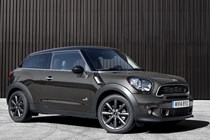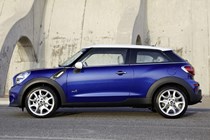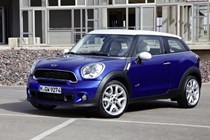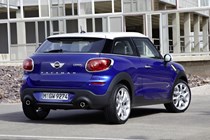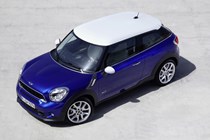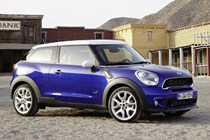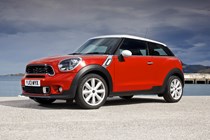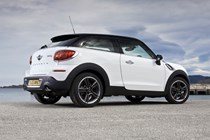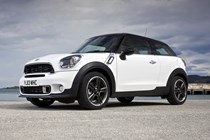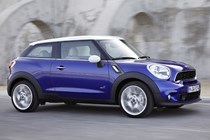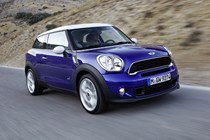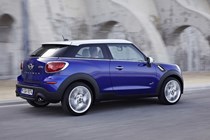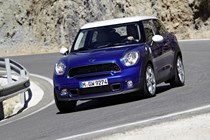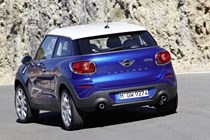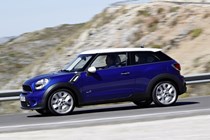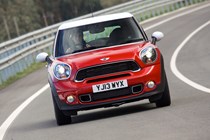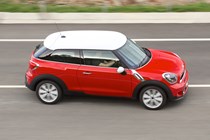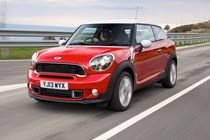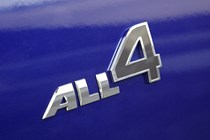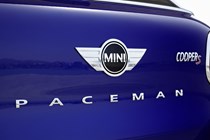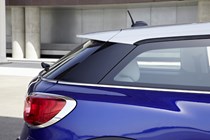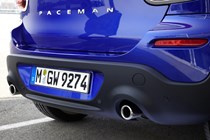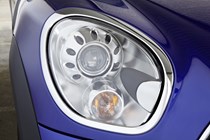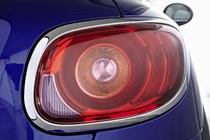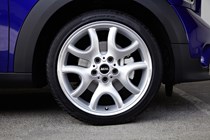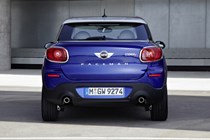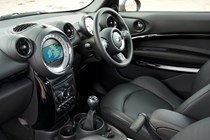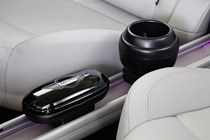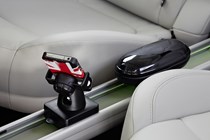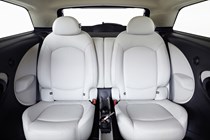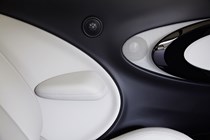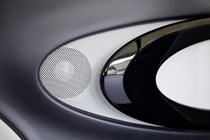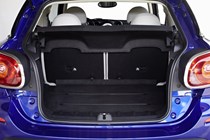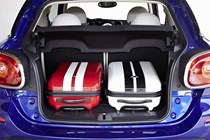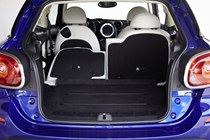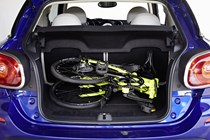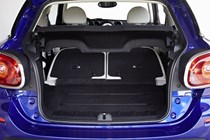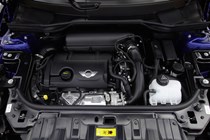MINI Paceman Coupe engines, drive and performance
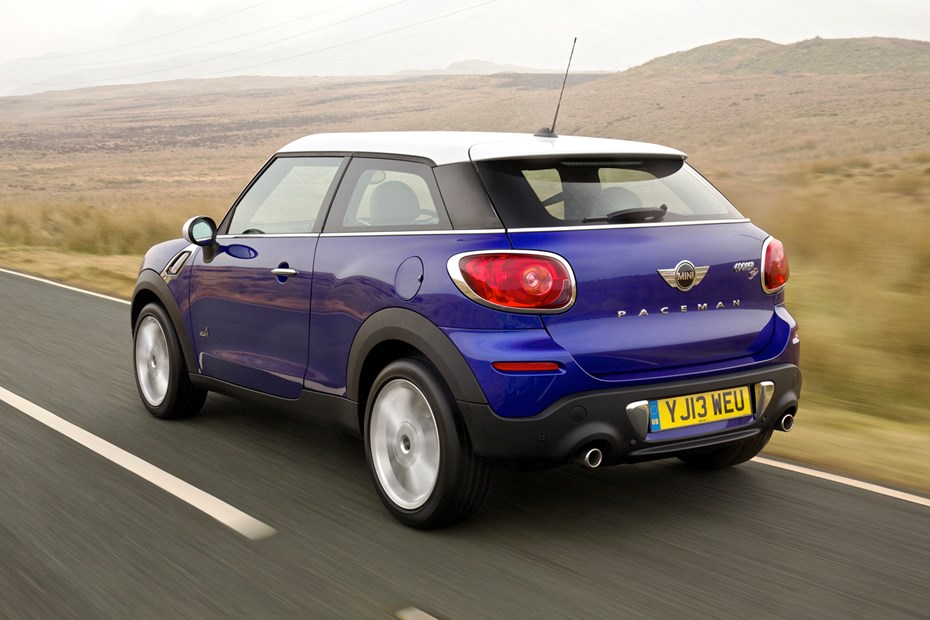
Four engines will be available from launch including two pair of petrol-powered units and a pair of diesels.
Petrol engines
The entry-level petrol is the 1.6-litre with an output of 122bhp. It will get from zero to 62mph in 10.4 seconds while it has a top speed of 119mph.
The same engine is also available in Paceman Cooper S although this is tuned to deliver 184bhp. The benchmark sprint can be completed in 7.5 seconds and this version can go on to 135mph.
Diesel choice
If it’s a diesel powered car you’re after then MINI offers a choice of two on the Paceman range.
The 112bhp 1.6-litre unit in the MINI Cooper D will get from a standing start to 62mph 10.8 seconds and has a top speed of 116mph.
The more powerful 143bhp 2.0-litre engine in the MINI Cooper SD will propel the car to 62mph from zero in 9.2 seconds and has a top speed of 124mph.
Extra grip will be available on Paceman Cooper D, SD and S models when you buy these versions as an ALL4 four-wheel-drive model.
The Mini Paceman may look slightly bigger than the hatch but it is still quite a lot of fun when you are driving it enthusiastically.
As standard it comes with a lowered sports suspension although the regular suspension and ride height are available as a no-cost option. Our advice is if you enjoy your driving then stick to the sports suspension.
Even though the Paceman is larger than the hatch it doesn’t disappoint. It still has the ‘legendary’ go-kart handling, MINI’s hallmark. The Paceman is agile through the corners when driving enthusiastically and the weighting on the steering is extremely good.
The ALL4 four-wheel-drive model gives the driver that extra but of grip especially useful in slippery conditions.
The system offers a 50-50 split of power between the front and back wheels, but it can transfer all the power to one end if the road conditions change and the system detects slippage. All this is done automatically: there’s no 4×4 button to press.
The biggest complaint is the cumbersome handbrake: it is U-shaped making it difficult to use – a simple bar would be much better.


